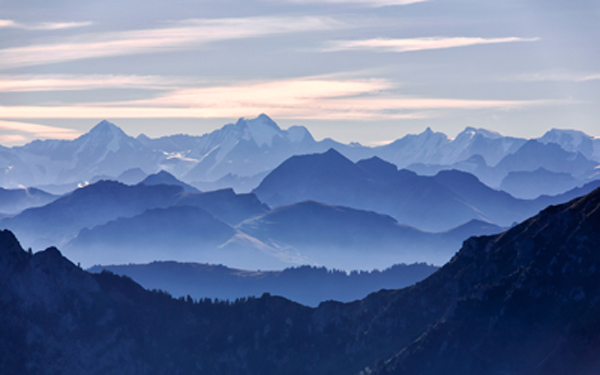What are Biomes?
A biome is an area of the planet that can be classified according to the plants and animals that live in it. Temperature, soil, and the amount of light and water help determine what life exists in a biome.
A biome is different from an ecosystem. An ecosystem is the interaction of living and nonliving things in an environment. A biome is a specific geographic area notable for the species living there. A biome can be made up of many ecosystems. For example, an aquatic biome can contain ecosystems such as coral reefs and kelp forests.
Not all scientists classify biomes in the same way. Some use broad classifications and count as few as six biomes. These are forest, grassland, freshwater, marine, desert, and tundra.
Other scientists use more precise classifications and list dozens of different biomes. For example, they consider different kinds of forests to be different biomes. Tropical rain forests that are warm and wet year-round are one biome. Temperate deciduous forests—those that have cold winters, warm summers, and are dominated by trees that lose their leaves—are a different biome. Taiga forests, which are in cold regions and are dominated by cone-bearing firs and spruces, are yet another biome.
Boundaries between biomes are not always sharply defined. For instance, there are sometimes transition zones between grassland and forest biomes. Coasts and wetlands are transition zones between terrestrial and aquatic biomes.
Biomes move as the climate changes. Ten thousand years ago, parts of North Africa were lush landscapes cut by flowing rivers. Hippopotamuses, giraffes, and crocodiles lived amid abundant trees. Gradually, the climate dried out. Today, this region is part of the Sahara Desert, the world's largest desert.

 Biomes of the Earth
Biomes of the Earth